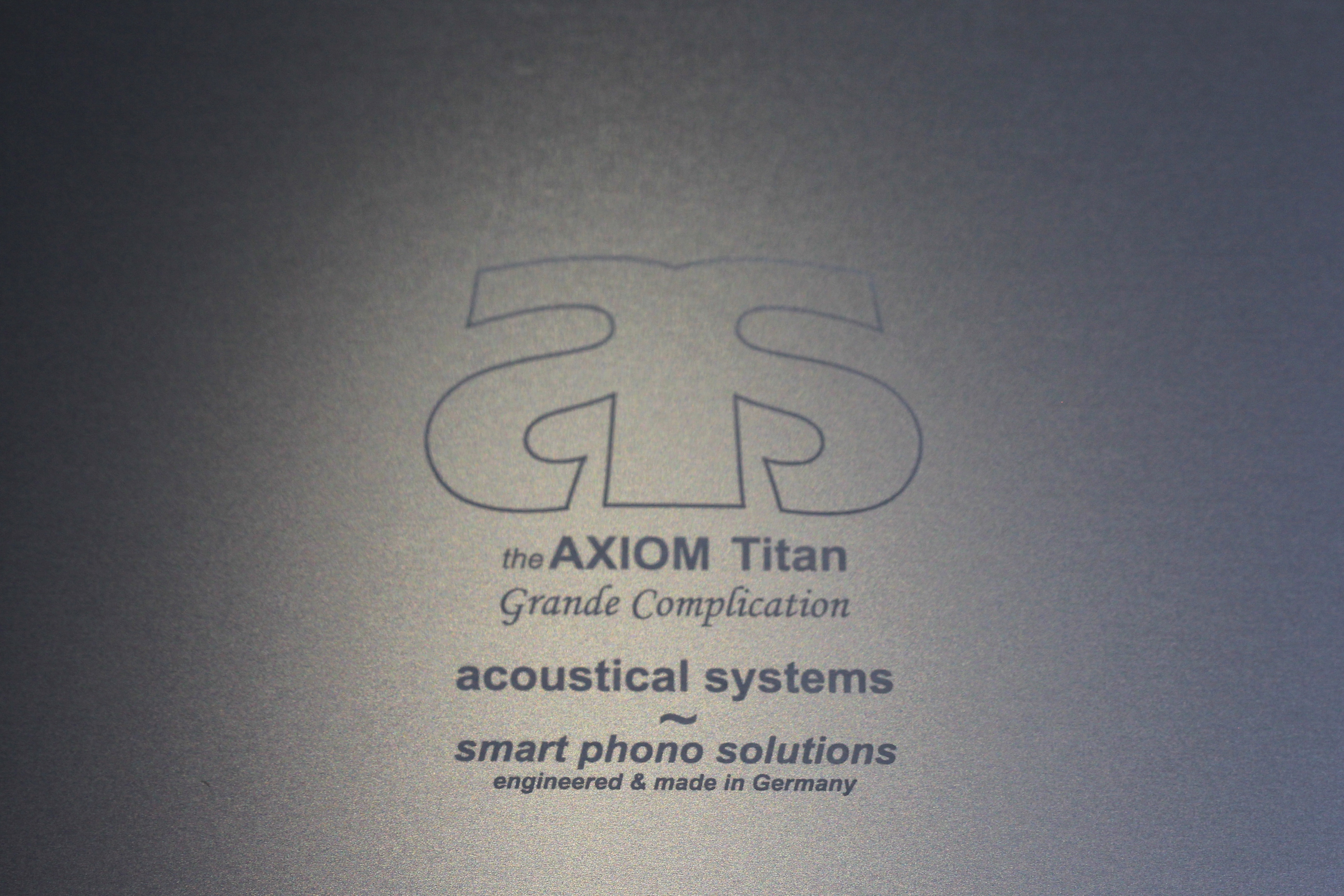Folded paper surrounds which are basically reworked cone material but ya... you have to have something or the cone could not move.
And sorry but I don't believe for a second that all the old stuff is derived purely from genius. In fact I think that's insane. The problem is that they didn't know then anymore than what we know now about what exactly every detail does for the sound. Basically everything old in the past had certain goals and met them based on how they knew they could, and didn't look back if it sounded good. I'm sure the compared some, but overall, realistically, they never spent the kind of time we are willing to in an attempt to dissect the whole issue.
The biggest problem is likely the unwillingness to accept that objectively bad decisions may be subjectively good.
BTW I thought the AS-2000, a modern turntable, was better than the EMT 927... sometimes when budget isn't the focus things can clearly be better.
Which horns have you heard or compared, and when did you hear the AS and the 927?
You miss the point that the older ones we use today are the survivors, proven time and time again the poor and mediocre ones have been lost.




